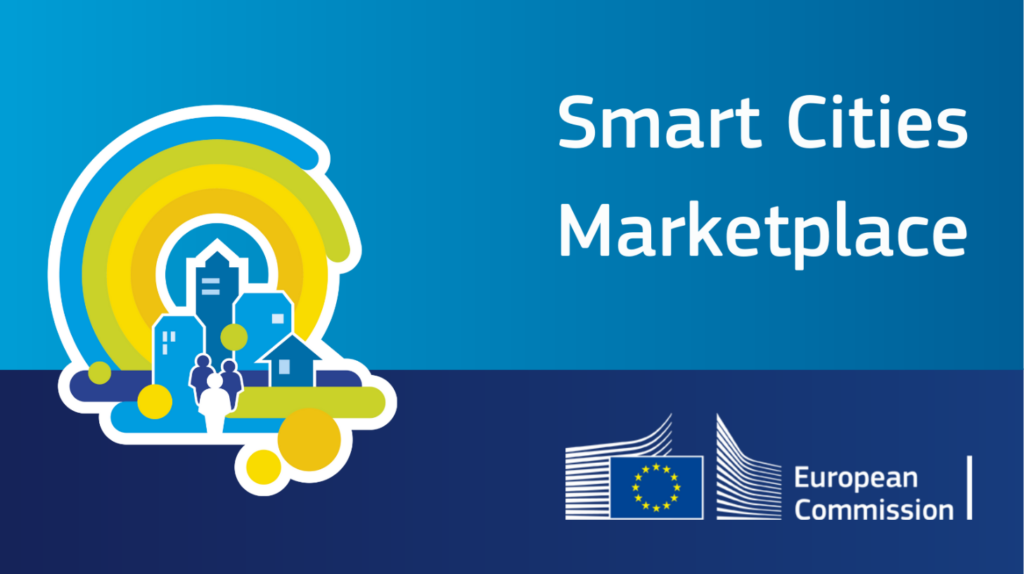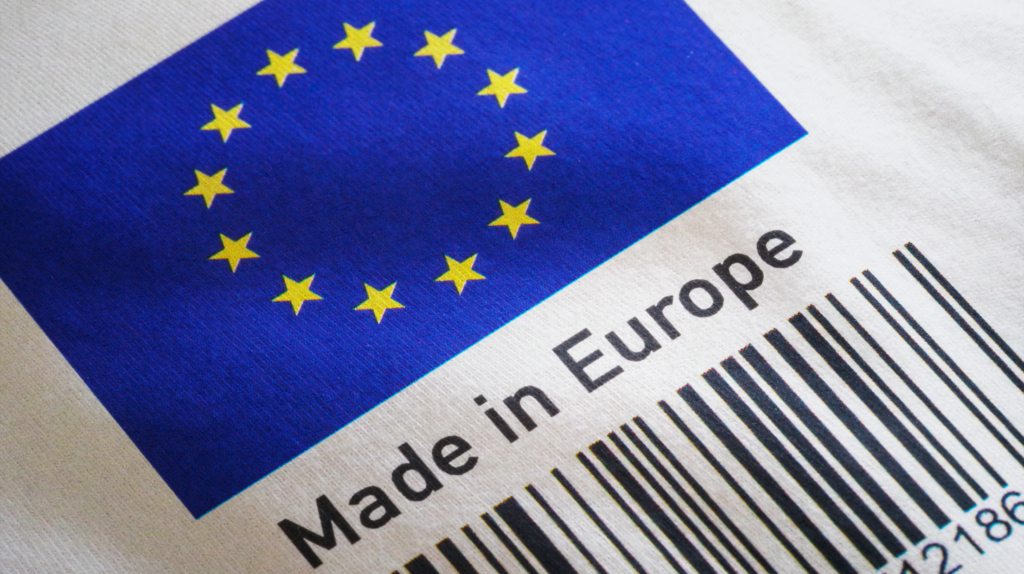The Green Cities consortium developed the blog post “Smart Governance Solutions: Enhancing Public Service Efficiency” under the EU-Funded Project Youth Participation for Developing Sustainable Green Cities (reference number: 2022-1-DE04-KA220-YOU-000085135). L4Y Learning for Youth GmbH is leading the project alongside partners Citizens in Power, Toplum Gönüllüleri Vakfı, Kean, Walktogether, and Kaán Károly Környezetvédelmi Egyesület.
This blogpost is based on the training content developed for the Green Cities project. For more content like this, click here. If you would like learn more about the topic, we suggest enrolling in our free online training course. In the platform, you will also find the full list of references and extra suggested reading material.
To keep up to date, follow our YouTube Channel, as well as our X and Instagram social media pages.
Introduction to Smart Governance Solutions
In an era marked by rapid technological advancements, governments are turning to smart governance solutions. These innovations enhance public service efficiency and effectiveness. From streamlined administrative processes to citizen engagement platforms, these solutions reshape how governments interact with constituents. This article explores how smart governance solutions revolutionize public service delivery and drive positive community outcomes.
Streamlined Administrative Processes
One key benefit of smart governance solutions is automating and digitizing administrative processes. Governments use technologies like artificial intelligence and robotic process automation to streamline tasks such as data entry, document processing, and regulatory compliance. Consequently, this reduces administrative burdens and frees up time and resources for strategic initiatives.
Citizen Engagement Platforms
Another critical aspect of smart governance solutions is emphasizing citizen engagement and participation. Governments leverage digital platforms and mobile applications to provide citizens with easy access to information, services, and resources. From online portals for submitting government forms to interactive dashboards for tracking public spending, these platforms empower citizens to participate in decision-making and hold governments accountable.
Data-Driven Decision Making
Smart governance solutions also enable data-driven decision-making. By providing governments with real-time insights and analytics, they aggregate and analyze data from IoT sensors, social media, and government databases. Consequently, policymakers gain valuable insights into trends, identify improvement areas, and make informed decisions. This ensures efficient and effective resource allocation to address community needs.
Smart Governance Solutions for Türkiye
For instance, in Türkiye, the digital transformation of public services is a priority. Initiatives like the e-Government Gateway (e-Devlet Kapısı) allow citizens to access government services online, such as applying for identity cards and paying taxes. This commitment to technology has improved efficiency, transparency, and citizen satisfaction.
Moreover, the Istanbul Data Center (IDC) is a successful example. Established by the Istanbul Metropolitan Municipality, the IDC collects, stores, and analyzes data from municipal services. This data-driven approach enables city officials to optimize resource allocation and improve service delivery.
Smart Governance Solution: Conclusion
In conclusion, smart governance solutions transform public service delivery, making it more efficient, responsive, and citizen-centric. By embracing automation, digitization, and data-driven decision-making, governments streamline processes, improve citizen engagement, and drive positive outcomes. As technology evolves, it will play an increasingly important role in shaping the future of public service delivery and governance.













